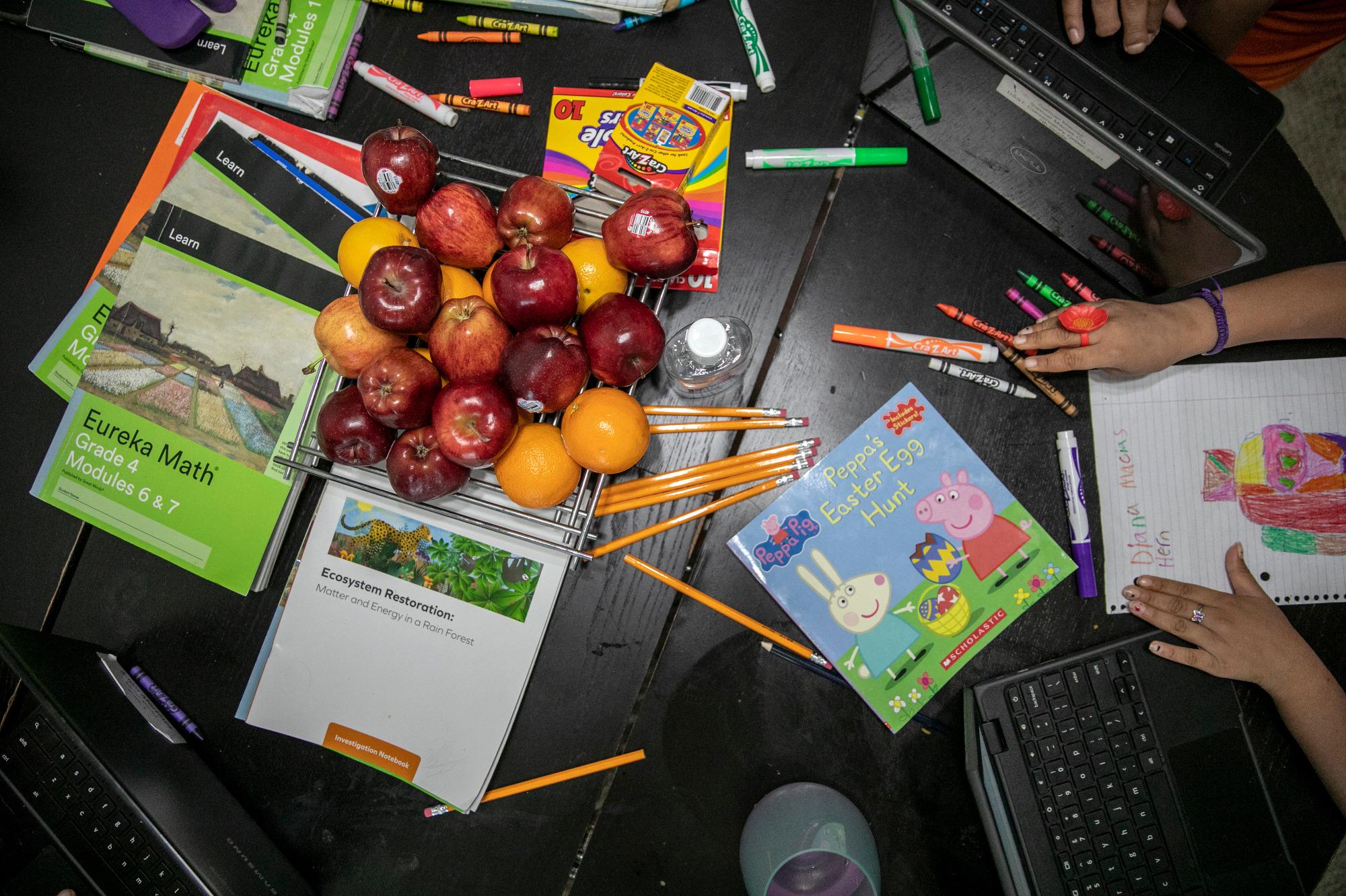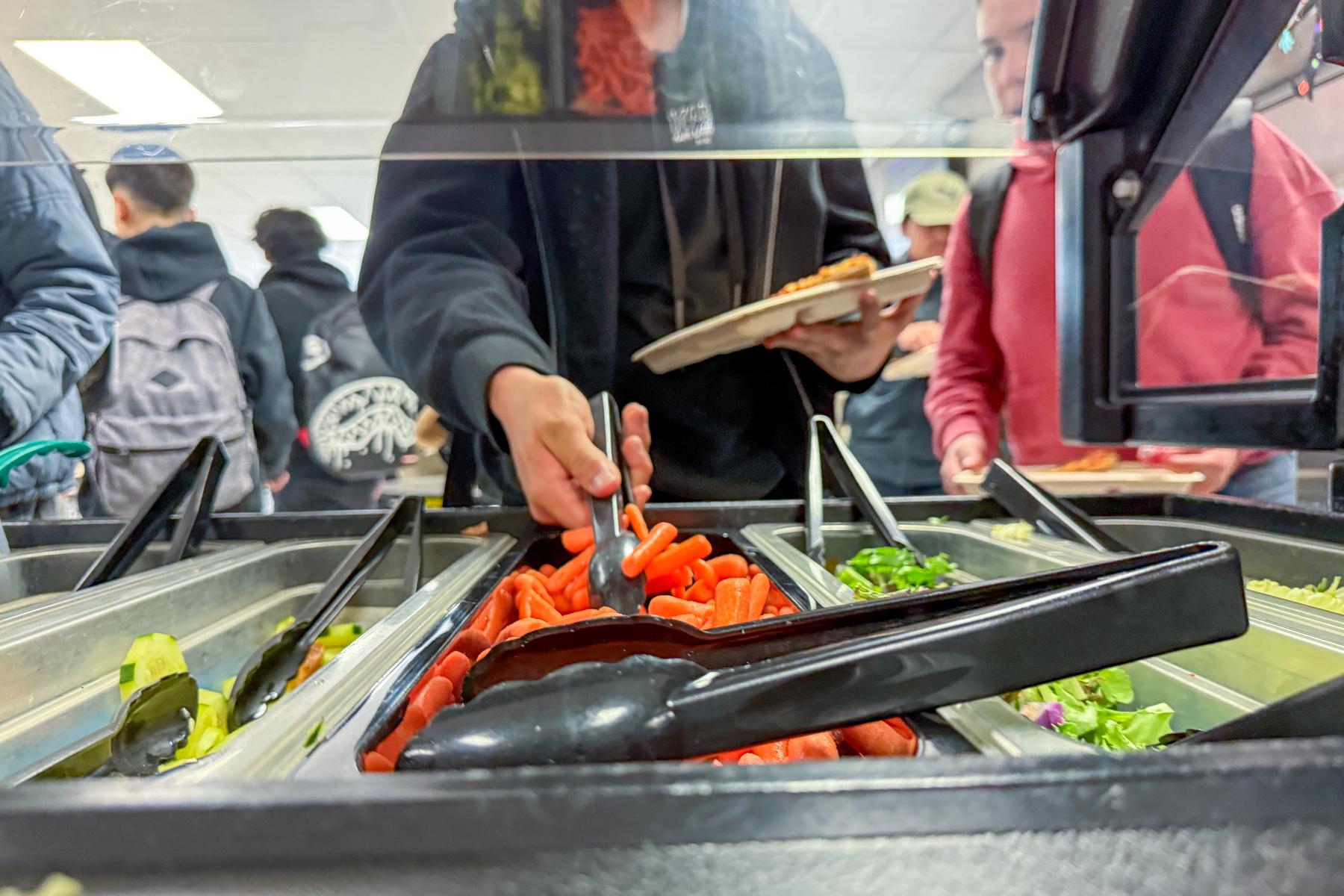
A new report says progress in improving Colorado children's well-being dropped because of the pandemic while educational losses increased because of widespread disruption to child care, preschool and K-12 education.
Before the pandemic, there were 135,000 children living in poverty in Colorado, 73,000 who didn’t have health insurance, and 80 teens and 20 children who lost their lives to suicide in 2019.
“Our normal in Colorado was still not sufficiently serving kids and families. We were failing too many kids,” said Erica Manoatl, with the Colorado Children’s Campaign, who helped with the report.
In recent years, Colorado saw steady declines in its child poverty rate. More kids had health insurance. There were fewer children living in high-poverty neighborhoods. But the global health crisis reversed many of those gains.
The report reveals how the COVID-19 crisis has changed the lives of the state’s children over the past year and a half. Authored by the Colorado Children’s Campaign, the report also offers policy recommendations for improvement.
The report used data collected through March 2021.
“The pandemic has made it impossible to ignore the flaws in our economic and social systems that have long kept many Colorado kids and families from living healthy, happy lives,” said Kelly Causey, President and CEO of the Colorado Children’s Campaign. “In doing so, it has also given us an opportunity to reimagine how we support the kids and families who call Colorado home.”
The impact on education was still deep
Enrollment in Colorado’s public schools fell for the first time since 1988, down 3.3 percent from 2019. That amounts to an overall decline of more than 30,000 students in Pre-K through grade 12 across the state.
Small rural districts saw the largest drops in enrollment. They also had among the highest shares of students who lacked internet access or computers. But that got better as the pandemic went on into the fall of 2020.
“Small rural districts and [other rural districts] cut in half the number of kids who didn’t have access to a WiFi-enabled device,” Manoatl said.
A lack of reliable internet access left many kids locked out of education.
The number of preschool children enrolled in school district preschools in Colorado fell by 23 percent between fall 2019 and fall 2020, with some racial and ethnic groups experiencing even larger declines.
Referrals to early intervention services, which help young children from birth to age 3 with developmental skills like speech therapy, also dropped dramatically during the early weeks of the pandemic, falling by 63 percent during the first two weeks of March 2020.
That’s because primary care physicians, who make about a third of all referrals for such support, stopped doing well-child checks during the beginning of the pandemic.
Providers aim to give children early intervention services in their “natural environment” whether it be home or child care — with the goal of getting them functioning at the same level as their peers, said Christy Scott, early intervention program director at Colorado’s Office of Early Childhood. “And if we don’t get the early intervention that they need, then we may see the ramifications as they move into preschool, special education or even kindergarten.”
Scott said there has recently been a spike in referrals, and child care advocates hope that trend continues.
Household income dropped and food insecurity rose
Nearly half of households with children reported a loss of employment income since the COVID-19 pandemic began. At the beginning of March 2021, one-third reported difficulty paying for usual household expenses.
During that time, about 10 percent of Colorado households with kids reported not having enough food to eat in the past week.
Black and Latino families suffered disproportionately, reporting more food and rent insecurity — and more job loss — than white families.
“They came into the pandemic facing higher rates of child poverty, higher shares of kids without health insurance, limited access to high-quality child care and K-12 education,” Manoatl said. “During the pandemic, they were hit harder than other households (economically) … it’s sort of like a compounded effect.”
Getting health insurance and mental health are still challenging
Child and teen suicides were increasing significantly prior to the pandemic. Survey data collected by the Annie E. Casey Foundation from last year show mental health is still an issue. One in four children report feeling down, depressed, or hopeless.
Colorado’s progress on expanding the number of children with health insurance was slowing, even before the pandemic. The number of kids in the state without health insurance coverage increased by 10,000 between 2018 and 2019. That left 73,000 kids without health coverage as the pandemic struck.
Child advocates worry the high rates of unemployment — especially in economies that rely on tourism and hospitality — could hamper the drive to get all kids covered in the years ahead.
Recommendations
The nonprofit has made several recommendations to improve well-being for Colorado’s children:
- Expand access to basic cash assistance through the Temporary Assistance for Needy Families (TANF) program.
- Make long-term investments in adequate salaries for early childhood professionals to strengthen the state’s child care system.
- Improve access to behavioral health and social and emotional services at school, increase investments in evidence-based suicide prevention.
- Prioritize the recovery of communities of color who were hit hardest by the pandemic. That could mean targeting federal stimulus dollars more equitably, for example, to the learning needs of students who didn’t have access to the internet or to students who lost ground because their parents worked outside the home while kids tried to learn virtually.







